Caladium Zap
This product is available for shipping only in Bangalore
Caladium ‘Zap’ will thrive, showcasing its vibrant, colorful foliage and adding a touch of tropical beauty to your garden or home. With the right care, this stunning plant will provide a dazzling display of color throughout the growing season, making it a popular choice for both indoor and outdoor plant enthusiasts.
Plant Height: approx 9 inches including the pot
Pot size : 4 inches nursery pot
- Estimated Delivery : Up to 3 business days
- Free Shipping & Returns : On all orders over ₹550 in Bangalore
Caladium Zap is a striking variety of the Caladium plant, known for its large, heart-shaped leaves that are predominantly dark green with vibrant pink or red veins and speckles, often creating a dazzling, almost electric appearance. Caladiums, including the ‘Zap’ variety, are part of the Araceae family and are native to tropical and subtropical regions of South America, particularly Brazil. They are prized for their colorful foliage and are often used in garden beds, as container plants, or as houseplants.
Here’s a comprehensive guide on how to care for Caladium Zap:
1. Light Requirements
- Indirect Light: Caladium ‘Zap’ thrives in bright, indirect light. It should be placed in a location where it receives filtered sunlight or partial shade. Direct sunlight can scorch the delicate leaves, causing them to fade or burn.
- Partial Shade: Outdoors, Caladium ‘Zap’ does well in partial shade, such as under trees or on shaded patios. Too much shade may result in less vibrant colors, while too much sun can damage the leaves.
2. Watering
- Consistent Moisture: Caladium ‘Zap’ prefers consistently moist soil. Water regularly to keep the soil evenly moist, but not waterlogged. Allow the top inch of soil to dry slightly between waterings. Overwatering can lead to root rot, while underwatering can cause the leaves to wilt.
- Humidity: Caladiums thrive in high humidity. If you are growing Caladium ‘Zap’ indoors, increase humidity levels by misting the leaves regularly, placing a humidity tray near the plant, or using a humidifier. In dry climates or during the winter months, maintaining high humidity is particularly important.
3. Soil
- Well-Draining, Rich Soil: Use a well-draining potting mix that is rich in organic matter. A mix of peat moss, perlite, and compost works well. The soil should retain moisture without becoming waterlogged.
- Slightly Acidic to Neutral pH: A soil pH of 6.0 to 6.5 is ideal for Caladium ‘Zap’, promoting healthy growth and vibrant foliage.
4. Temperature and Humidity
- Warm Temperatures: Caladium ‘Zap’ prefers temperatures between 65-85°F (18-29°C). It is sensitive to cold and should be protected from temperatures below 60°F (15°C). Avoid exposing the plant to cold drafts or sudden temperature changes.
- High Humidity: High humidity is essential for Caladium ‘Zap’. Aim for a humidity level of 50-80%. Placing the plant in naturally humid areas, such as bathrooms or kitchens, can help maintain the necessary moisture levels.
5. Fertilizing
- Regular Feeding: Feed Caladium ‘Zap’ every 4-6 weeks during the growing season (spring and summer) with a balanced, water-soluble fertilizer. Use a fertilizer diluted to half strength to avoid overfeeding, which can cause leaf burn.
- Reduce Fertilizing in Fall and Winter: Caladiums typically go dormant in the cooler months, so reduce or stop fertilizing during this period.
6. Pruning and Maintenance
- Remove Dead or Yellowing Leaves: Trim off any yellowing or dead leaves with clean, sharp scissors to maintain the plant’s appearance and encourage new growth. Regular maintenance helps prevent disease and pest problems.
- Leaf Cleaning: Dust can accumulate on the leaves, hindering photosynthesis. Wipe the leaves with a damp cloth occasionally to keep them clean and looking vibrant.
7. Propagation
- Division of Tubers: Caladium ‘Zap’ is best propagated by dividing the tubers. When the plant is dormant (typically in the fall), gently dig up the tubers and separate them. Each division should have at least one growing point (eye) to ensure successful propagation.
- Replanting Tubers: Plant the divided tubers in fresh soil, water them lightly, and keep them in a warm, humid environment until new growth appears.
8. Pests and Diseases
- Common Pests: Watch for pests such as aphids, spider mites, and mealybugs. Regularly inspect the plant and treat infestations with insecticidal soap, neem oil, or a mixture of water and mild dish soap.
- Fungal Issues: Overwatering can lead to root rot and other fungal problems. Ensure good air circulation around the plant and avoid waterlogging the soil.
9. Dormancy
- Natural Dormancy Period: Caladium ‘Zap’ typically goes dormant in the fall when temperatures drop. The leaves may yellow and die back as the plant conserves energy in its tubers. Reduce watering and stop fertilizing during dormancy.
- Storing Tubers: If you live in a region with cold winters, dig up the tubers before the first frost and store them in a cool, dry place. Replant them in spring after the last frost date, or when temperatures consistently stay above 60°F (15°C).
10. Indoor Growing
- Ideal Houseplant: Caladium ‘Zap’ can be grown indoors as a houseplant. Place it in a bright, indirectly lit area and maintain high humidity levels. Keep it away from drafts, heating vents, and direct sunlight.
- Container Growing: Choose a container with drainage holes to prevent waterlogging. Use a high-quality, well-draining potting mix and repot every 1-2 years or when the plant becomes root-bound.
11. Toxicity
- Toxic to Pets and Humans: Caladium ‘Zap’ contains calcium oxalate crystals, which are toxic if ingested. Keep the plant out of reach of pets and children. If ingested, it can cause irritation and swelling in the mouth and throat.
12. Overwintering
- Bringing Indoors: If grown outdoors, bring the plant indoors before the first frost to protect it from cold temperatures. Place it in a warm, humid location with indirect light.
- Reducing Watering: During dormancy, reduce watering and keep the soil slightly dry to prevent the tubers from rotting.
By following these care guidelines, your Caladium ‘Zap’ will thrive, showcasing its vibrant, colorful foliage and adding a touch of tropical beauty to your garden or home. With the right care, this stunning plant will provide a dazzling display of color throughout the growing season, making it a popular choice for both indoor and outdoor plant enthusiasts.
** Plants photos are for representation purpose only. We will make best efforts to send the plants as in photos itself. There may be small white dots on the plant, as these plants cared in nursery using the hard water and pesticide spray. However these will eventually disappear as you take care and clean the leaves. Trust us, we want to give you the best




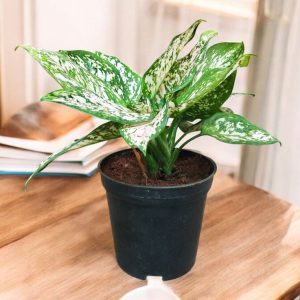
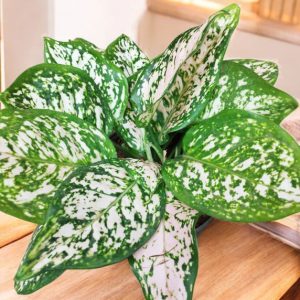
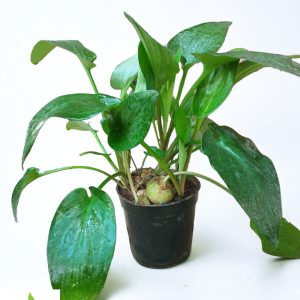
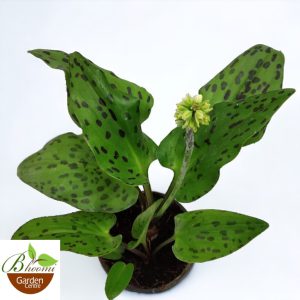
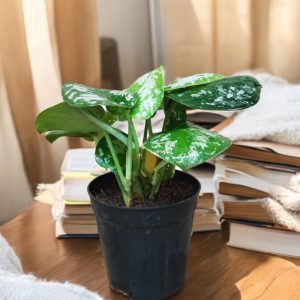
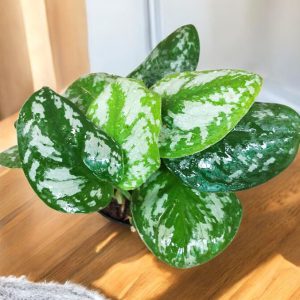
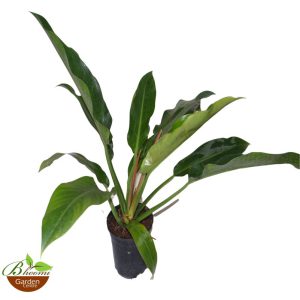
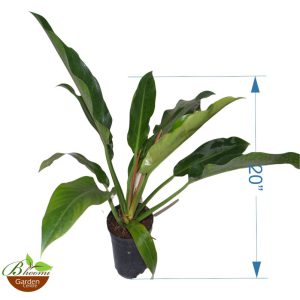
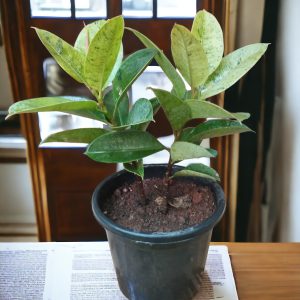
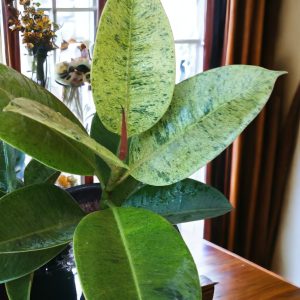
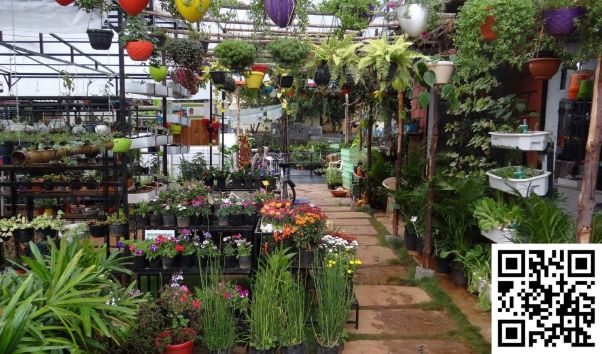
Reviews
There are no reviews yet.